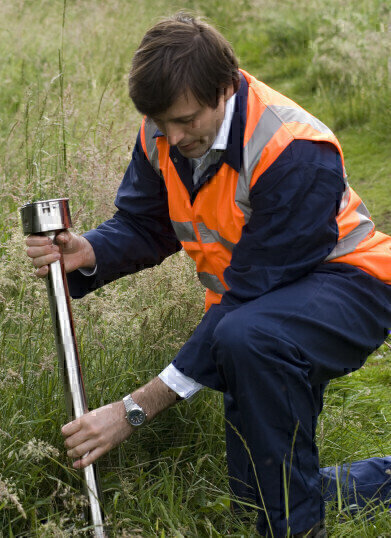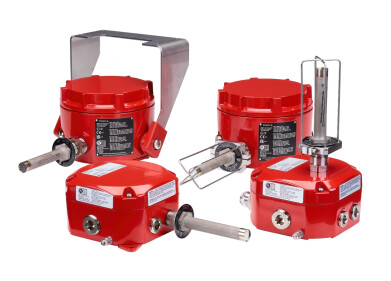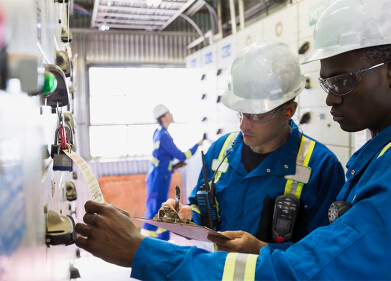Safety
Unmanned Gas Monitoring Before, During and After Hydrofracking
Oct 31 2012
Across the world, plans for shale gas drilling are being assessed and implemented as nations look to secure their fuel supplies. There is controversy, however, about the environmental impact regarding the process for extracting shale gas, hydrofracking.
Concerns exist surrounding the potential for shale gas to escape through manmade or natural fractures and from the well itself. These will have impacts on greenhouses gas levels, potentially contaminate aquifers and may create an explosion and asphyxiation hazard.
The only way to demonstrate hydrofracking is not causing any adverse effects is to monitor the process. Gas naturally seeps from the subsurface to groundwater and atmosphere therefore, operators should monitor before, during and after shale gas operations to demonstrate their impact is minimal. The GasClam, available from Ion Science (UK), allows continuous unmanned data collection of CH4, CO2, VOC’s concentration be accessed remotely via a telemetry offering a perfect solution.
Digital Edition
PIN 25.5 Oct/Nov 2024
November 2024
Analytical Instrumentation - Picturing Viscosity – How Can a Viscometer or a Rheometer Benefit You? - Sustainable Grease Formulations: Evaluating Key Performance Parameters and Testing Method...
View all digital editions
Events
Nov 26 2024 Paris, France
Nov 26 2024 Amsterdam, Netherlands
Nov 27 2024 Istanbul, Turkey
Biogas Convention & Trade Fair 2024
Nov 27 2024 Hanover, Germany
Dec 03 2024 Dusseldorf, Germany



















